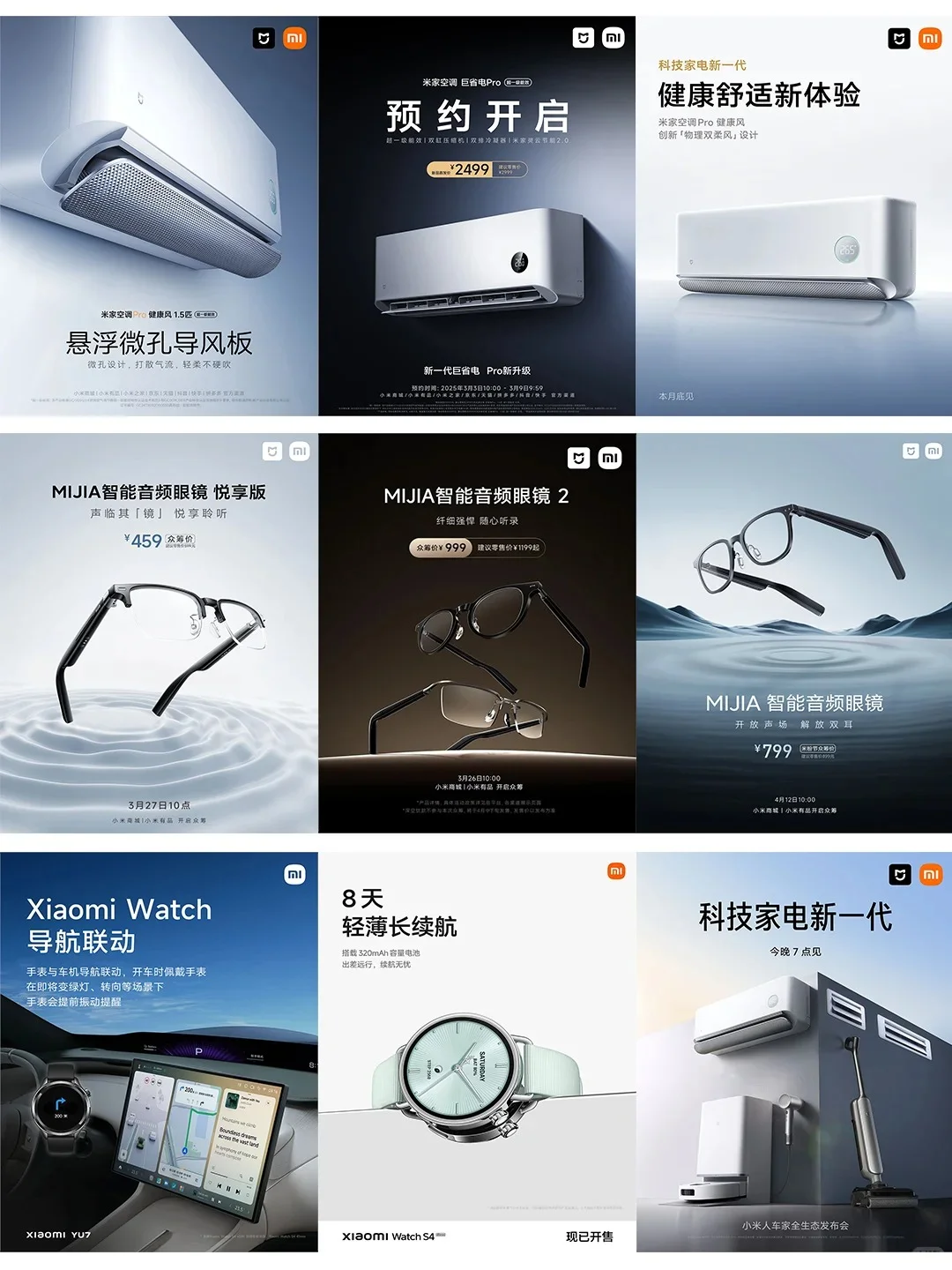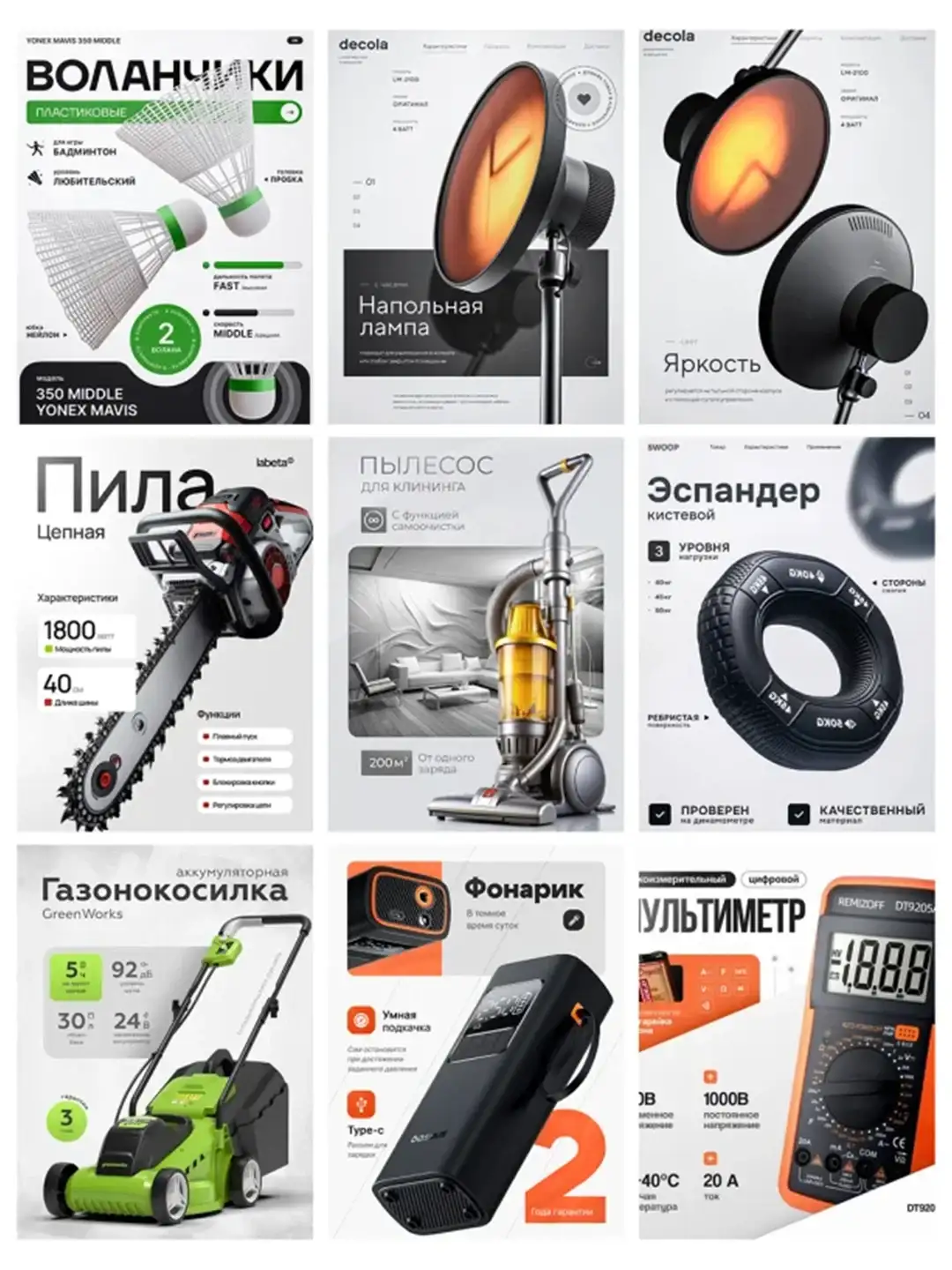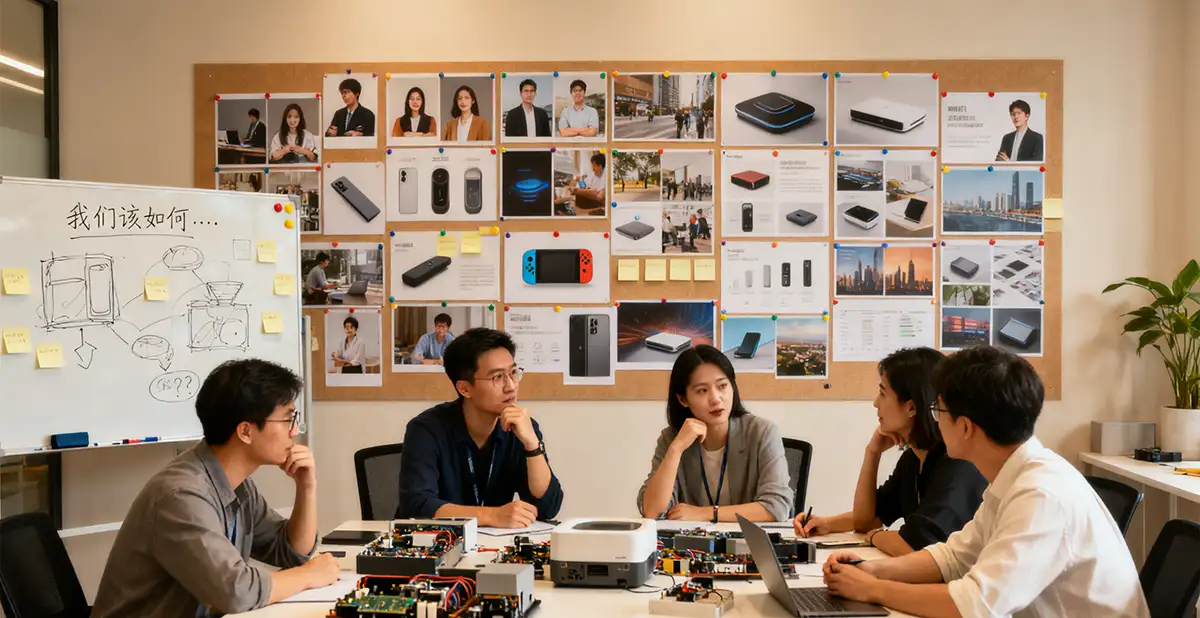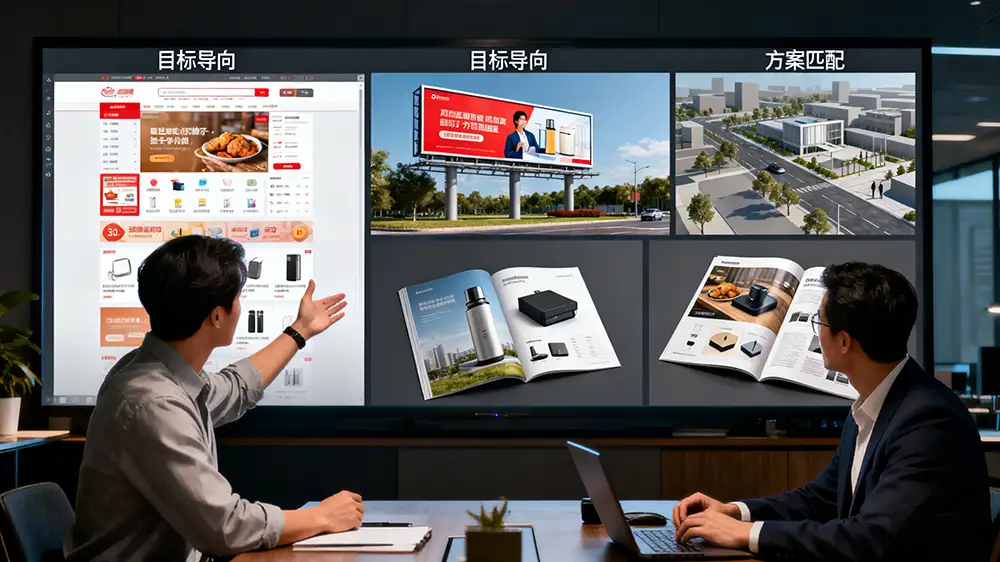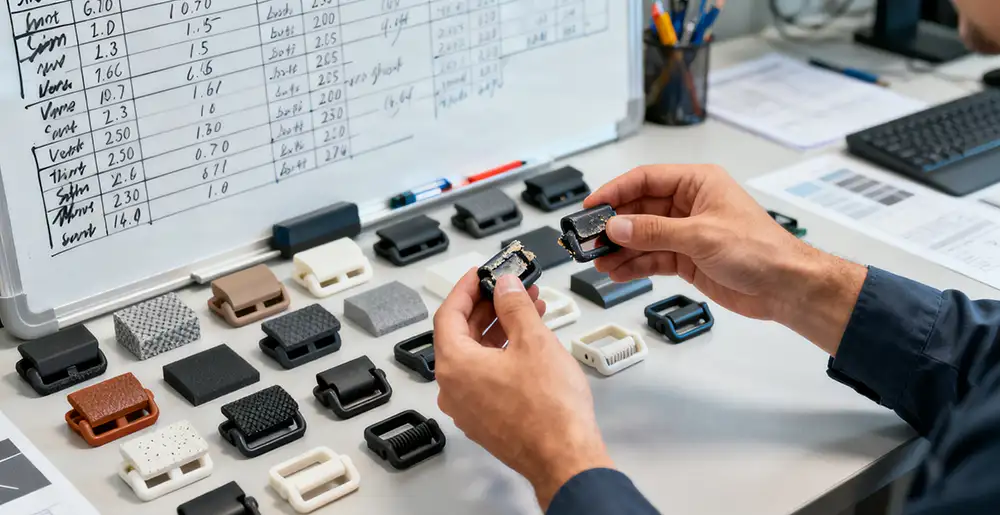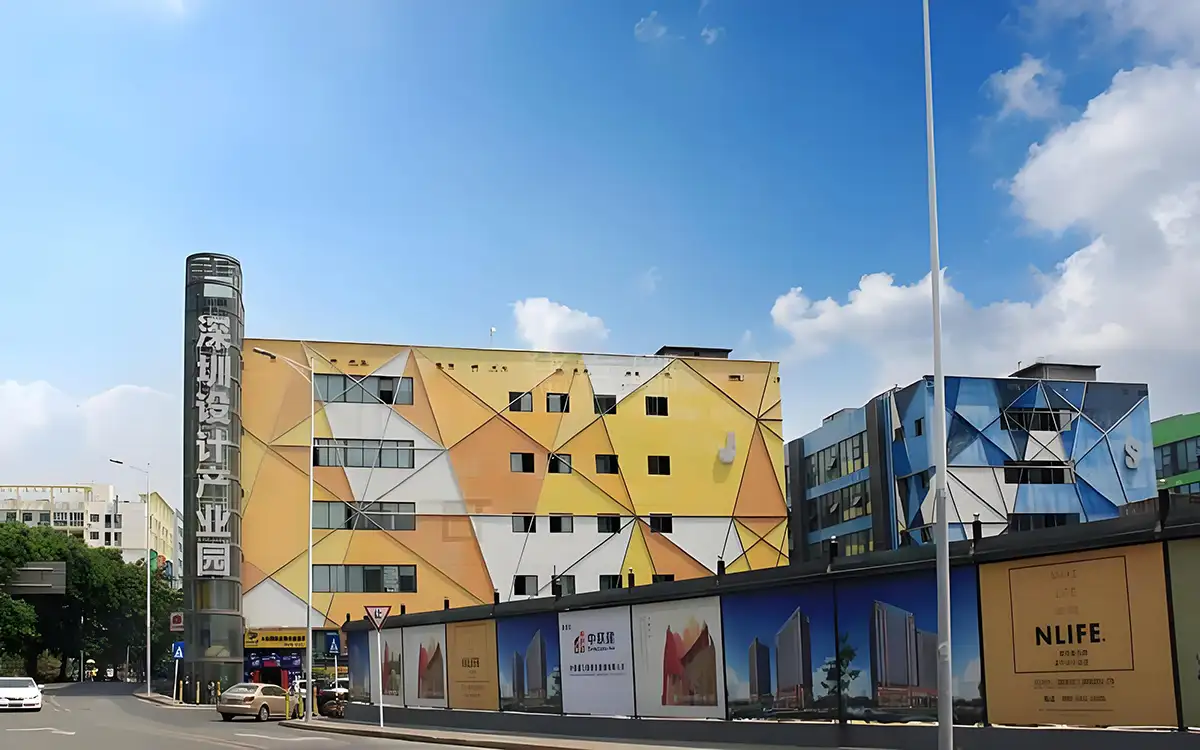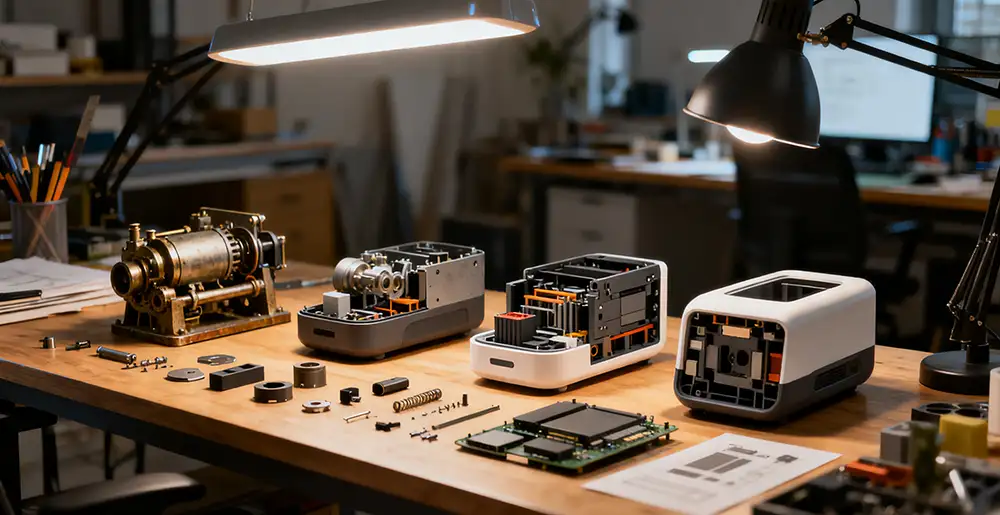NINEIDEA:乔纳森・艾维(Jonathan Ive),这位苹果公司前首席工业设计官,不仅是英国爵士,还是伦敦皇家艺术学院的名誉院长。他主导设计的iPod、iMac、iPhone和iPad等苹果产品,为苹果公司的设计和创新贡献了巨大力量。他的 “减法哲学”,犹如一股清流,深刻重塑现代工业设计版图,为产品设计注入极致简约的独特魅力,成为工业设计的至简之道。
简约之形:凝练纯粹,回归本真
在产品外观设计上,艾维将 “减法哲学” 发挥得淋漓尽致。他坚信简约并非简单删减,而是深度提炼,让产品以最纯粹的形态示人。以苹果 iMac G4 为例,它打破传统电脑主机与显示器分离的固有模式,巧妙地把主机整合于半球形底座中,再用纤细金属臂撑起轻薄显示屏。这一设计摒弃繁杂机箱线条与多余装饰,仅保留核心功能部件,以流畅简洁的线条勾勒整体轮廓,营造浑然天成的美感。
为达此效果,艾维及其团队对产品细节反复推敲。像苹果产品边角的独特弧度,既非尖锐直角,也非普通圆角,而是经精确计算与设计而成。这细微之处不仅提升握持手感,更赋予产品独特质感与品质感,使苹果产品在外观上独具品牌辨识度,成为简约设计典范。
易用之魂:简化交互,畅享便捷
“减法哲学” 在交互设计层面,体现为对操作流程的简化。艾维深知,优秀产品不仅要外观吸引人,更要在用户互动中给予流畅、自然体验。iPhone 便是典型例子。在触屏手机兴起初期,多数产品操作界面复杂,菜单、按钮繁多。而 iPhone 凭借简洁直观图标、流畅触摸手势及高度集成系统功能,构建全新交互模式。
用户通过简单点击、滑动等自然手势,就能轻松完成如浏览网页、拨打电话等操作。主屏幕图标布局简洁,无多余装饰,系统设置界面逻辑清晰。这种简化交互,解放用户于复杂操作,提升使用效率与产品认同感,引领智能手机发展潮流。
材料之质:精选材质,彰显纯粹
材料选择与运用上,艾维贯彻 “减法哲学”,注重精选高品质材料,并以精湛工艺凸显其本质特性。苹果产品常使用铝合金、玻璃、不锈钢等材料,这些材料不仅具备良好物理性能,还拥有独特质感。
例如苹果笔记本电脑机身采用航空级铝合金,经精密铣削加工,表面呈现细腻金属质感,既保证坚固耐用与散热性能,又带来舒适握持感。iPhone 玻璃屏幕经特殊化学强化处理,具备高硬度、耐磨性及出色透明度与光泽度,让用户触摸屏幕时感受极致顺滑精致。
乔纳森・艾维与深泽直人
乔纳森・艾维的 “减法哲学”,核心聚焦于外在形式与交互流程的简约。通过去除多余元素,打造简洁直观且极具品牌风格的产品,追求以最少元素传递最多信息,使产品在视觉与操作上都呈现出简洁高效之美,其设计成果往往带有鲜明的品牌印记。
而深泽直人的 “无意识设计”,更侧重于挖掘用户潜意识需求,将设计不着痕迹地融入日常场景。它强调产品与用户潜在习惯、情感的贴合,让用户在不经意间享受设计带来的便利,重点在于实现产品与生活的无缝对接,设计风格相对更注重自然融入,而非突出品牌标识性。二者虽都着眼于用户体验,但 “减法哲学” 重简约形式塑造,“无意识设计” 重潜在需求满足与生活融合。
@NINEIDEA九号创新 www.nineidea.com
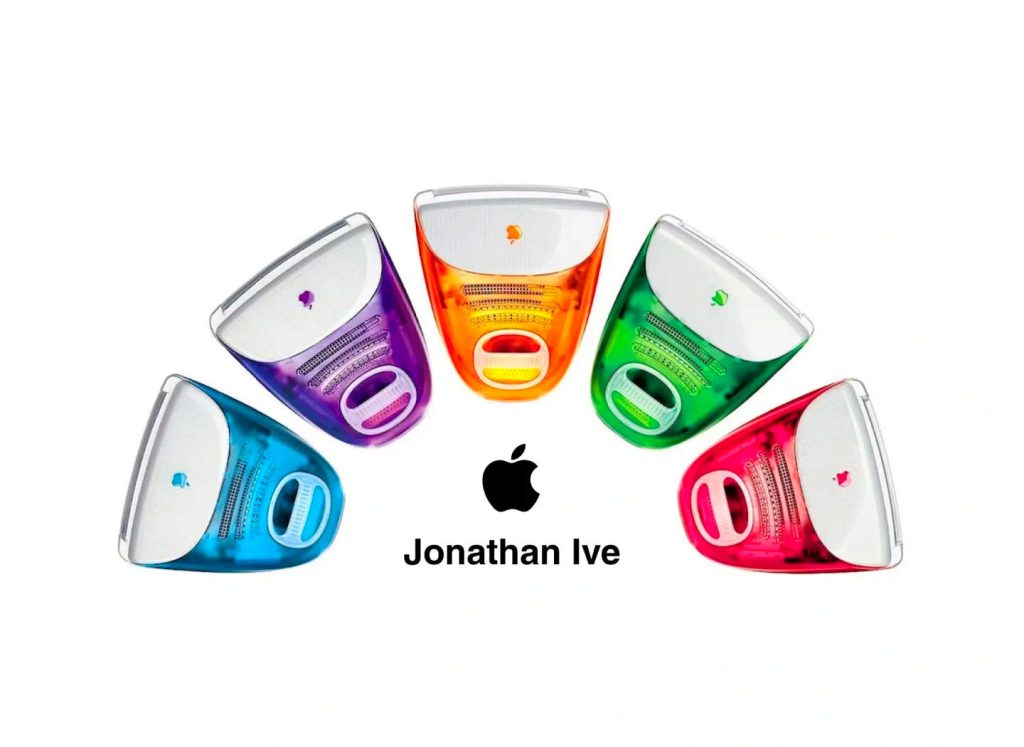
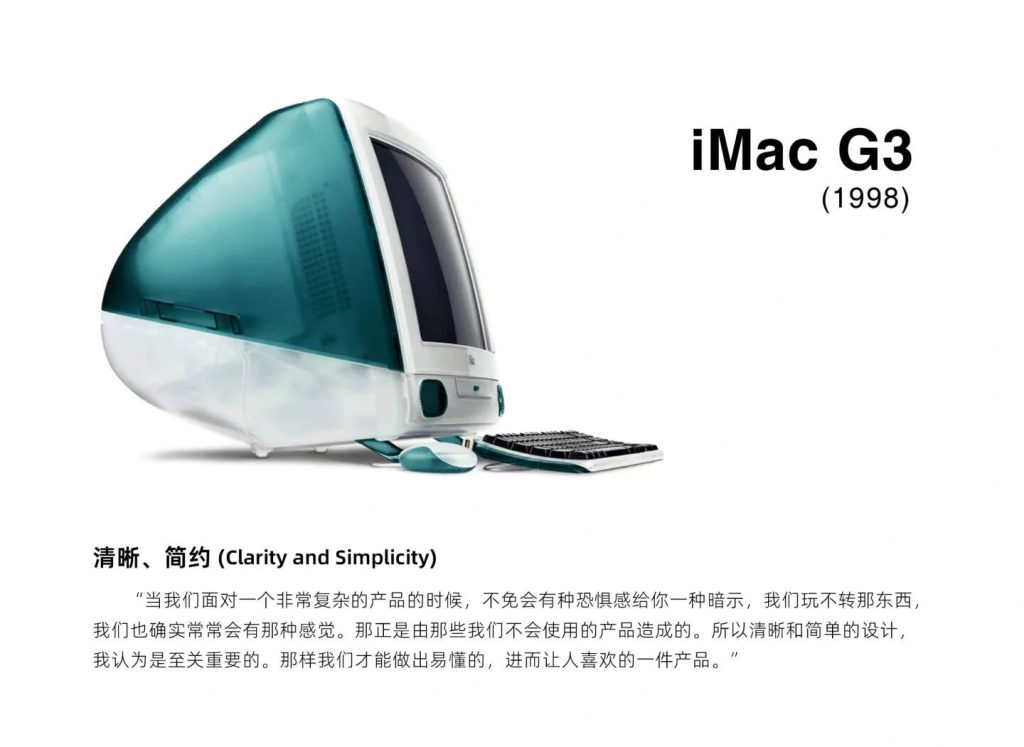
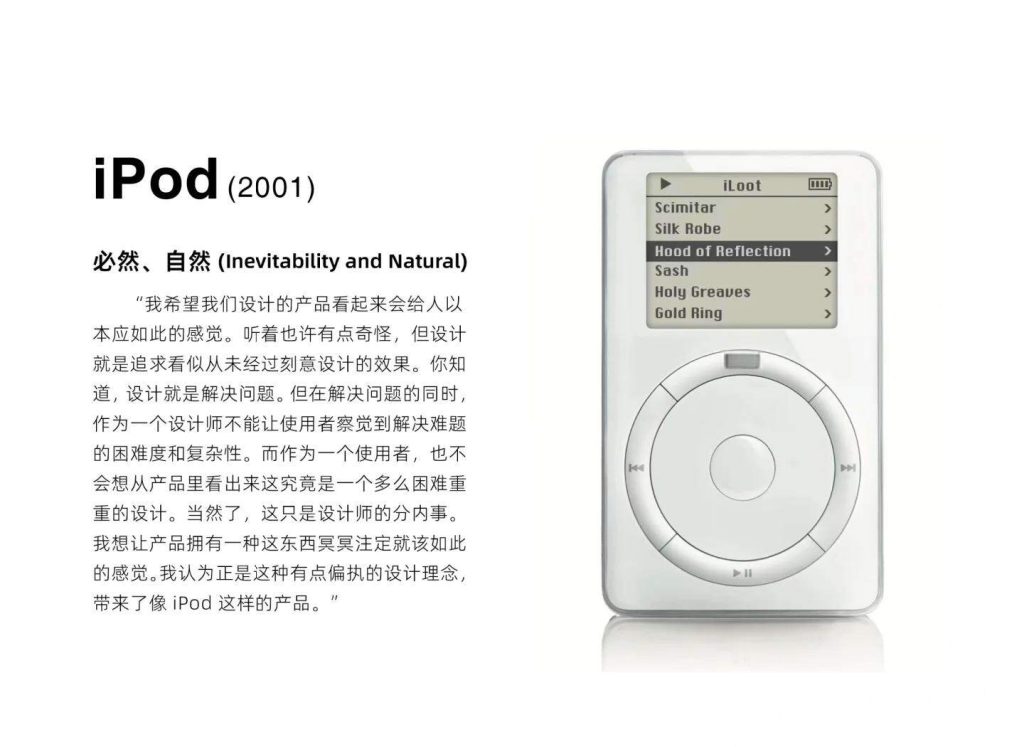
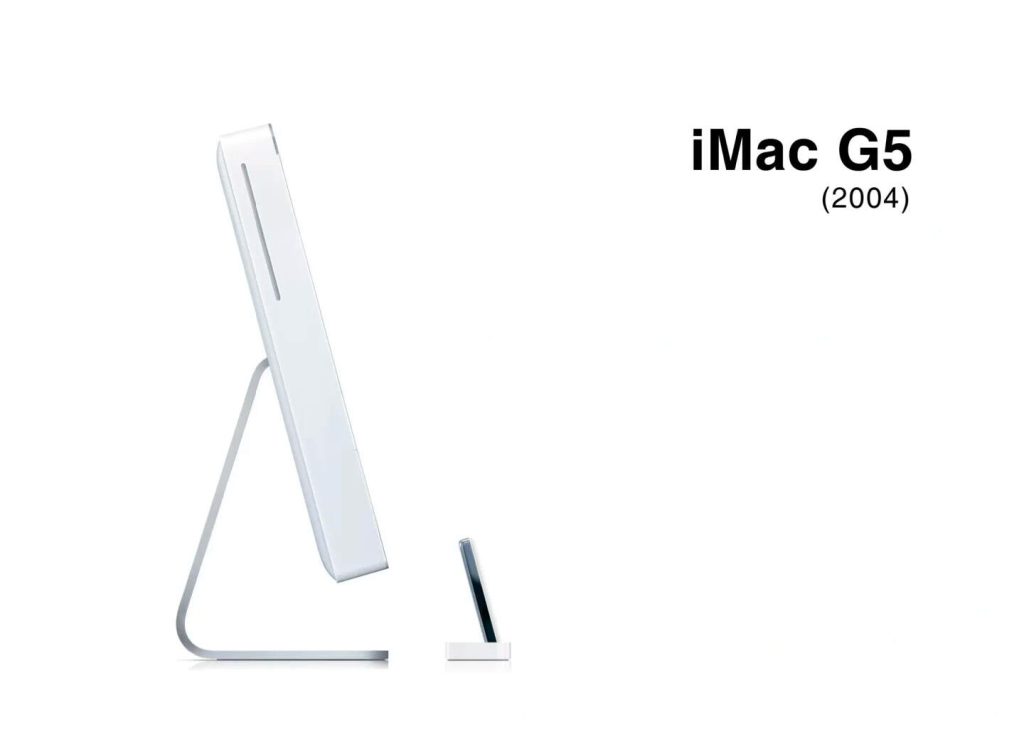



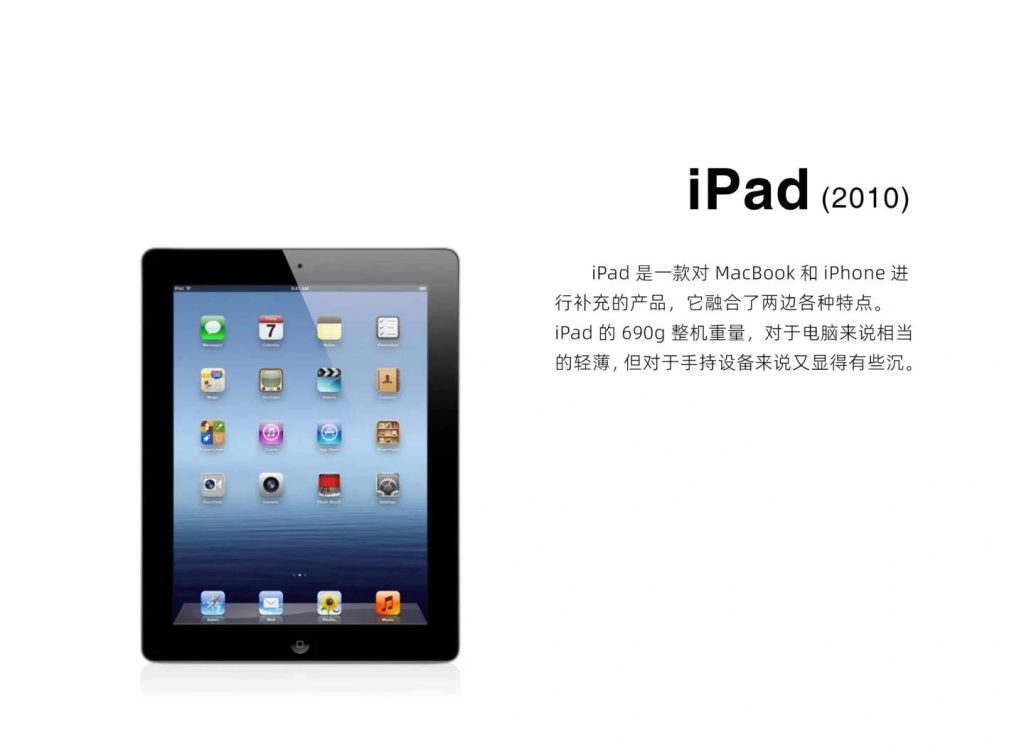
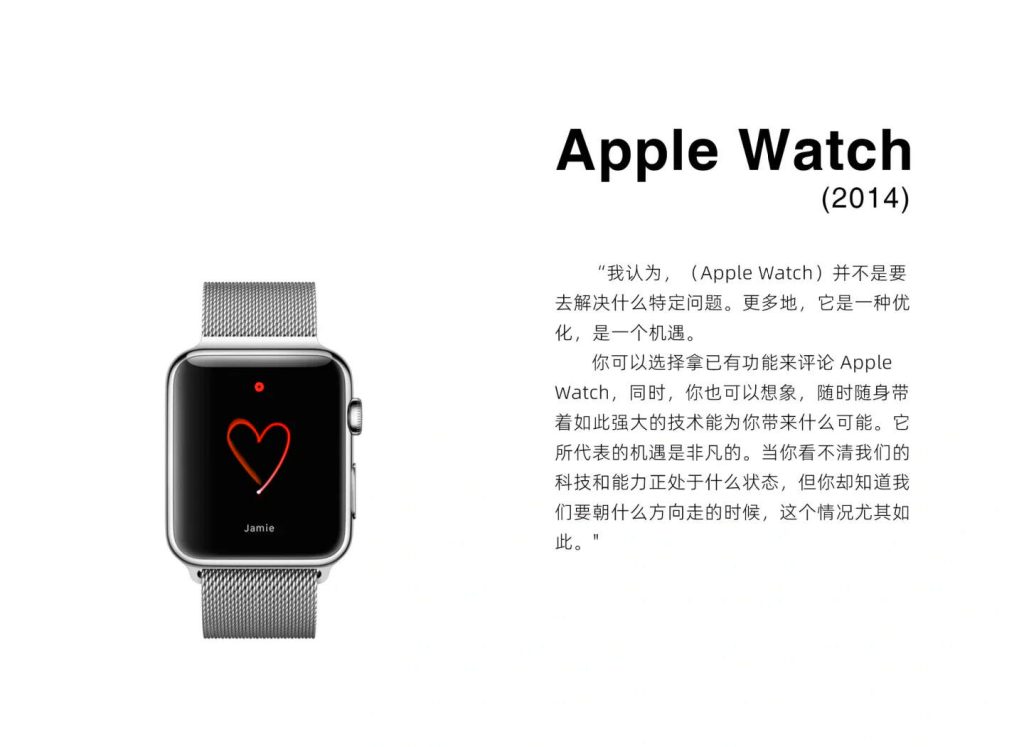
Jonathan Ive’s’ Subtractive Philosophy ‘: The Minimalist Way of Industrial Design
NINEIDEA: Jonathan Ive, the former chief industrial design officer of Apple, is not only a British knight, but also the honorary dean of the Royal College of Art in London. He led the design of Apple products such as iPod, iMac, iPhone, and iPad, contributing greatly to the company’s design and innovation. His’ subtraction philosophy ‘is like a clear stream, profoundly reshaping the modern industrial design landscape and injecting the unique charm of ultimate simplicity into product design.
Simplicity: condensed and pure, returning to the essence
In terms of product appearance design, Avi fully embodies the philosophy of subtraction. He firmly believes that simplicity is not simply about cutting, but about deeply refining and presenting products in their purest form. Taking the Apple iMac G4 as an example, it breaks the traditional mode of separating the computer host from the display, cleverly integrating the host into a hemispherical base and supporting the lightweight display screen with slender metal arms. This design abandons complicated chassis lines and unnecessary decorations, retaining only the core functional components, and outlines the overall contour with smooth and simple lines, creating a natural beauty.
To achieve this effect, Avi and his team have repeatedly scrutinized the product details. The unique curvature of the corners of Apple products is neither sharp right angles nor ordinary rounded corners, but is precisely calculated and designed. This subtle detail not only enhances the grip feel, but also gives the product a unique texture and quality, making Apple products uniquely recognizable in appearance and becoming a model of minimalist design.
Easy to use soul: Simplify interaction, enjoy convenience
The philosophy of subtraction is reflected in the simplification of the operational process at the level of interaction design. Avi is well aware that excellent products not only need attractive appearance, but also need to provide smooth and natural user interaction. The iPhone is a typical example. In the early days of the rise of touchscreen smartphones, most products had complex operating interfaces, numerous menus, and buttons. The iPhone, with its simple and intuitive icons, smooth touch gestures, and highly integrated system functions, has built a new interactive mode.
Users can easily complete operations such as browsing web pages and making phone calls through natural gestures such as simple clicks and swipes. The layout of the main screen icons is simple, without unnecessary decorations, and the system settings interface logic is clear. This simplified interaction liberates users from complex operations, improves usage efficiency and product identity, and leads the trend of smartphone development.
Material quality: Selected materials showcase purity
In terms of material selection and application, Avi adheres to the “philosophy of subtraction”, focuses on selecting high-quality materials, and highlights their essential characteristics with exquisite craftsmanship. Apple products often use materials such as aluminum alloy, glass, stainless steel, etc., which not only have good physical properties but also unique textures.
For example, the body of an Apple laptop is made of aviation grade aluminum alloy, which has been precision milled and processed to present a delicate metallic texture on the surface. This not only ensures durability and heat dissipation performance, but also provides a comfortable grip. The iPhone glass screen has undergone special chemical strengthening treatment, providing high hardness, wear resistance, excellent transparency and glossiness, allowing users to feel the ultimate smoothness and delicacy when touching the screen.
Jonathan Ive and Naoto Fukasawa
Jonathan Ive’s philosophy of subtraction focuses on the simplicity of external forms and interactive processes. By removing unnecessary elements and creating products that are concise, intuitive, and highly branded, the pursuit is to convey the most information with the least amount of elements, so that the product presents a simple and efficient beauty in both visual and operational aspects. Its design results often have a distinct brand imprint.
However, Naoto Fukasawa’s “unconscious design” focuses more on exploring users’ subconscious needs and seamlessly integrating design into daily scenarios. It emphasizes the fit between products and users’ potential habits and emotions, allowing users to enjoy the convenience brought by design inadvertently. The focus is on achieving seamless integration between products and life, and the design style is relatively more focused on natural integration rather than highlighting brand identity. Although both focus on user experience, the “subtraction philosophy” emphasizes the shaping of simple forms, while the “unconscious design” emphasizes the satisfaction of potential needs and the integration of life.
@NINEIDEA九号创新 www.nineidea.com










